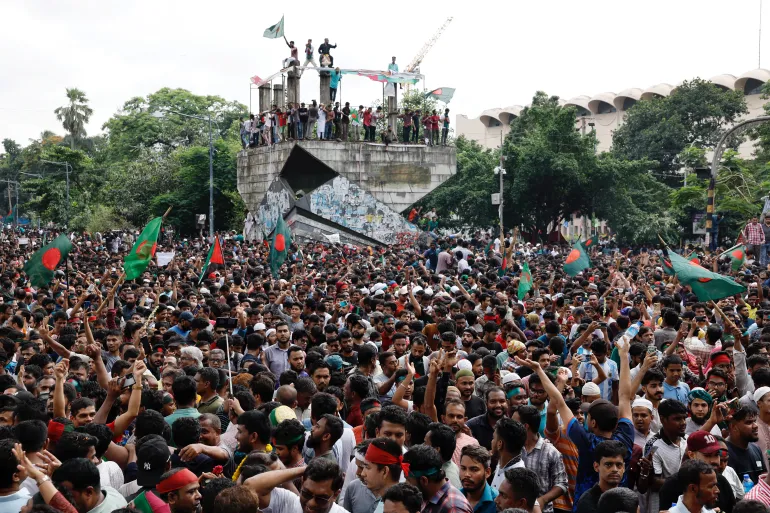The Middle East is the world’s energy lifeline, producing about a third of global oil.
Table of Contents
Picture this: you’re filling up your car’s gas tank, and the price has jumped overnight. Your grocery bill is creeping higher, and your savings account feels the pinch of a shaky stock market. This isn’t a far-off scenario—it’s the reality unfolding as Israel and Iran, two Middle Eastern powerhouses, trade deadly blows in a conflict that’s entered its fourth day on June 17, 2025. With over 220 lives lost in Iran, including many civilians, and 24 in Israel, the human toll is heartbreaking. But the economic ripples are just as alarming, threatening to disrupt oil supplies, spike inflation, and unsettle global markets. In this blog, we’ll unpack how this escalating war could reshape the world economy, from your daily expenses to global trade, and why it matters to everyone, everywhere.
A War That Shakes the World
The conflict ignited when Israel launched a surprise offensive on June 13, 2025, targeting Iran’s nuclear facilities, military leaders, and energy infrastructure, including the vital South Pars gasfield. The strikes killed key figures and sparked a fire that disrupted Iran’s oil sector. Iran retaliated with a barrage of ballistic missiles and drones, some piercing Israel’s defenses, claiming lives and damaging infrastructure. The violence has already left a grim toll: over 220 dead in Iran, including 70 women and children, and 24 in Israel, all civilians.
U.S. President Donald Trump, posting on X, warned Iran of “even more brutal” attacks if it doesn’t negotiate a nuclear deal, adding fuel to an already volatile situation. French President Emmanuel Macron, speaking at the G7 summit in Canada, urged both sides to protect civilians and pursue a ceasefire, warning that forcing regime change in Iran would be a “strategic error.” As the conflict threatens to spiral, its economic consequences are already hitting hard, with oil prices climbing and markets trembling.
The Oil Crisis: A Ticking Time Bomb
The Middle East is the world’s energy lifeline, producing about a third of global oil. At the heart of this is the Strait of Hormuz, a narrow 33-kilometer-wide passage that carries 21 million barrels of oil daily—roughly one-fifth of the world’s supply. Iran’s threats to close this chokepoint, reported by IRINN, have sent shudders through energy markets. The price of Brent crude oil surged nearly 7% from Thursday to Monday, hitting $74.60 per barrel, before easing to $73.23 as markets stabilized.
Analysts at Goldman Sachs warn that a blockade of the Strait could push oil prices above $100 per barrel, a level that would hammer economies worldwide. Yet, history offers some reassurance: during the Iran-Iraq War (1980-1988), despite attacks on shipping, the strait remained open. Iran’s own economy, heavily reliant on oil exports to China, would suffer if it blocked the strait, as noted by Hamzeh Al Gaaod of TS Lombard: “The repercussions of closing off the strait would be severe for Tehran itself.” Still, even the threat of disruption keeps markets on edge, with the chart above showing the recent oil price spike.
| Oil Price Impact | Details |
|---|---|
| Pre-Conflict (June 12) | $69.70 per barrel |
| Peak (June 16) | $74.60 per barrel (+7%) |
| Post-Stabilization (June 16) | $73.23 per barrel |
| Worst-Case Scenario | >$100 per barrel (Strait of Hormuz blockade) |
Inflation’s Rising Threat: A Cost-of-Living Crunch
Higher oil prices don’t just hit gas stations; they ripple through every corner of the economy. Energy-intensive industries like food production, manufacturing, and transportation face higher costs, which are passed on to consumers. In the U.S., where inflation was 2.4% in May 2025, analysts estimate that every $10 increase in oil prices could add half a percentage point to inflation. A jump to $100 per barrel could push inflation to 5%, making everything from groceries to clothing more expensive.
For oil-importing nations, this spells trouble. Higher inflation could slow economic growth, hitting jobs and wages. Central banks, tasked with keeping prices stable, face a dilemma. The Bank of England recently cut its base rate to 4.25%, but the U.S. Federal Reserve has paused rate cuts due to Trump’s tariffs, which already stoke inflation fears. As Al Gaaod told Al Jazeera, G7 central bankers, in an interest rate-cutting cycle, are “worried about a potential energy price shock.” This could force rate hikes, slowing economies further and squeezing households worldwide.
| Inflation Impact | Details |
|---|---|
| Current U.S. Inflation (May 2025) | 2.4% |
| Estimated Increase per $10 Oil Price Rise | +0.5% |
| Potential Inflation at $100 per Barrel | ~5% |
| Central Bank Response | Possible rate hikes, slowing growth |
Markets in Turmoil: Investors Seek Safety
Financial markets hate uncertainty, and the Israel-Iran conflict has delivered plenty. On June 13, the S&P 500 and Nasdaq dropped 1.1% and 1.3%, respectively, as news of Israel’s strikes broke. In the Middle East, Egypt’s EGX 30 index plummeted 7.7% on Sunday, while Israel’s Tel Aviv 35 Index fell 1.5%. By Monday, markets stabilized, with the S&P 500 and Nasdaq rebounding 1% and 1.5%, reflecting hopes for de-escalation. Investors have flocked to safe-haven assets like gold and the U.S. dollar, driving up their prices as they brace for more volatility.
The aviation sector is also reeling. Rising fuel costs and potential airspace closures are forcing airlines to reroute flights, increasing expenses and ticket prices. If the conflict escalates, disruptions to global trade routes could worsen, raising costs for businesses and consumers. The market’s rollercoaster ride reflects a delicate balance between fear of escalation and hope for a diplomatic resolution.
| Market Impact | Index | Change (June 13-16) |
|---|---|---|
| U.S. | S&P 500 | -1.1% (Fri), +1% (Mon) |
| U.S. | Nasdaq | -1.3% (Fri), +1.5% (Mon) |
| Egypt | EGX 30 | -7.7% (Sun) |
| Israel | Tel Aviv 35 | -1.5% (Sun) |
The Bigger Picture: A Global Economic Risk
If the conflict escalates, the economic fallout could be catastrophic. A broader war involving other oil-producing nations like Saudi Arabia or Iraq could slash global oil supplies, doubling prices and triggering stagflation—high inflation paired with stagnant growth. Disruptions to shipping routes, like the Red Sea, could spike insurance costs and delay goods, further straining supply chains. The G7’s call for a ceasefire, reported at the G7 Summit, underscores global concern, but Trump’s mixed signals—praising Israel’s strikes while pushing for talks—complicate diplomacy.
Iran’s economy, already strained by 40% inflation, faces further pressure, which could push it toward negotiations or desperate measures. Reports suggest Iran is open to ceasefire talks via Gulf states like Qatar, but Israel’s focus on neutralizing Iran’s nuclear program suggests a long fight ahead. The risk of a prolonged conflict looms large, with the potential to tip the global economy into recession if not contained.
Hope Amid the Chaos: Can Diplomacy Prevail?
The world is watching for a way out. French President Emmanuel Macron, at the G7 summit, emphasized protecting civilians and restarting negotiations, warning against regime change in Iran. Trump’s ceasefire offer, as noted by Reuters, could be a lifeline, but its success hinges on both sides’ willingness to compromise. For now, the economic stakes are clear: rising costs, volatile markets, and disrupted trade threaten everyone. Staying informed and prepared is crucial as this fluid situation unfolds.
This conflict is a stark reminder that global economies are deeply interconnected. A war in the Middle East doesn’t just affect those in the line of fire—it hits your wallet, your job, and your future. As Israel and Iran stand at the brink, the world holds its breath, hoping for peace before the economic shockwaves become a tsunami.
Disclaimer and Source
This blog post is based on information from recent news reports and expert analyses as of June 17, 2025. The views expressed are those of the author and do not necessarily reflect the official positions of any organization.




